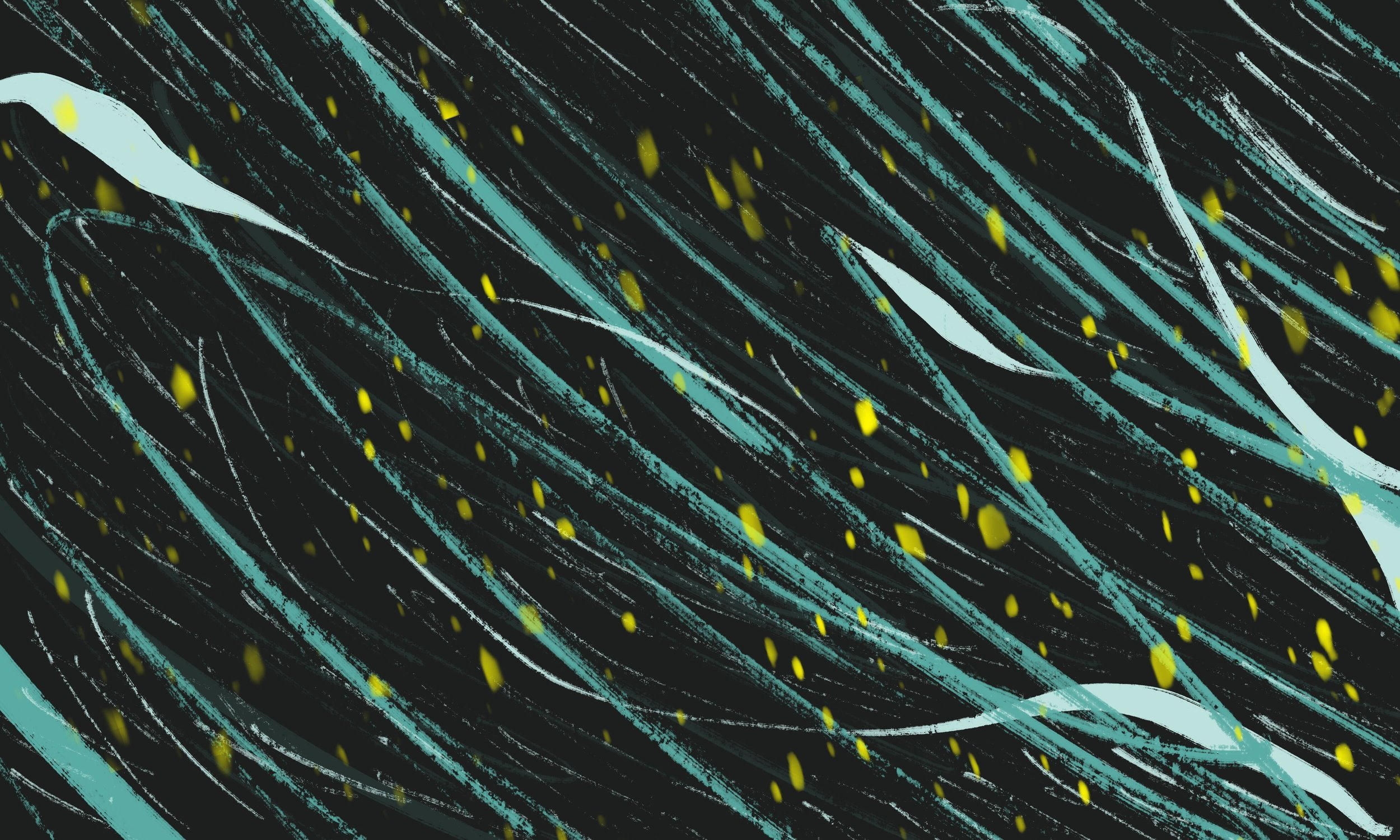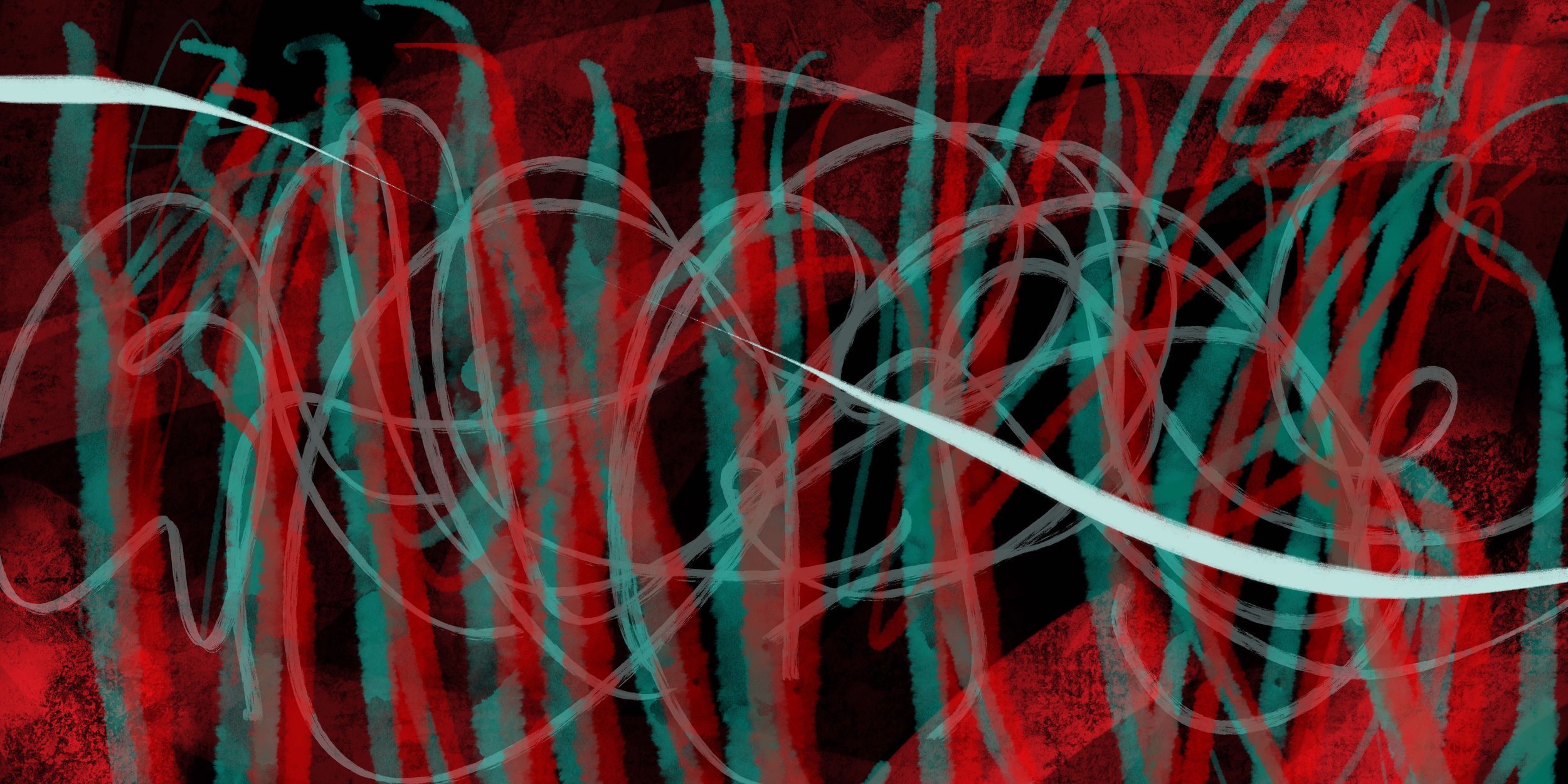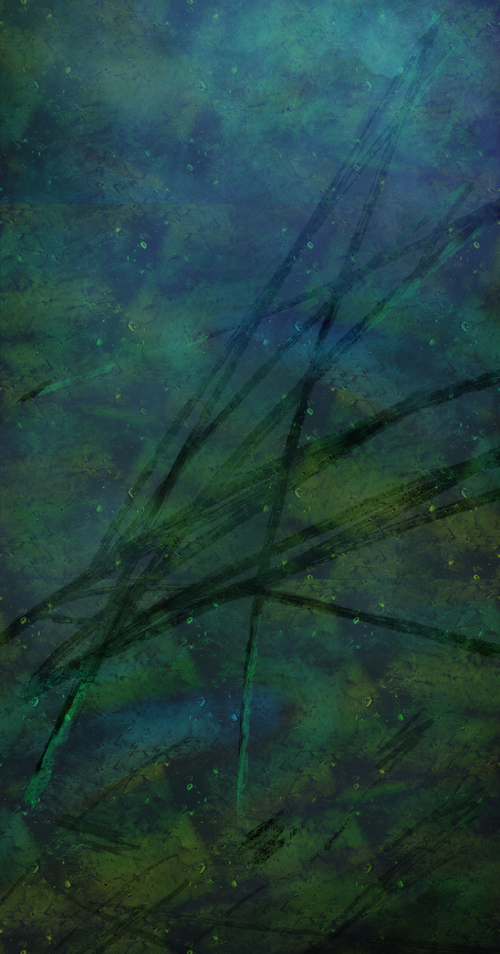Artist in conversation: Mengqi Gao
“ Living in a fast-paced and ever-changing world, I am working on new pieces related to art, programming, and artificial intelligence. I hope that my work can echo the experiences in our current times”
Mengqi Gao is a multifaceted artist, game designer, and writer whose work spans a diverse range of mediums and themes. With a passion for abstract art, Mengqi crafts visually stunning pieces that invite reflection and dialogue. As a game designer, she creates immersive experiences that blend narrative depth with engaging gameplay, while her talents as a writer manifest in poignant poetry, evocative fiction, and innovative electronic literature.
Her artistic endeavors are characterized by a fearless exploration of complex topics such as mental health, feminism, queerness, racism, and the nuances of bilingual texts and translations. By playing with and mixing different mediums, she seeks to challenge conventional boundaries and foster a deeper understanding of these critical issues.
What initially inspired you to become an artist, and how did you develop your unique style?
When I was an undergrad student, I traveled to the Art Institute of Chicago. That was the first time I had seen impressionist paintings in person. It was a transformative experience. It rekindled the artistic aspirations that I have always had ever since I was a child. This then led me on a journey of exploration through colors, light, texture, and different mediums in art.
In terms of subject matter, what themes or motifs do you frequently explore in your work, and what draws you to these topics?
As an artist, game designer, and writer, I make abstract art, games, poetry, fiction, and electronic literature; I am also interested in playing and mixing different mediums in my work. My art explores the topics of mental health, feminism, queerness, racism, bilingual texts, and translations. These subjects are profoundly personal to me, stemming from my own experiences and interactions with the world. They not only speak to me on a deep level but also resonate with the broader conversations I wish to engage with through my art.
How do you incorporate feedback from critics and audiences into your artistic practice, and how do you balance this feedback with your own artistic intuition?
Coming from a game design background, I have always believed that it is important to listen to audiences’ feedback and critiques. In terms of integrating the feedbck, I tend to ask myself: which pieces of feedback can help me better achieve my own goals and visions as an artist? Which suggestions can propel my work closer to becoming the work that I have always dreamed of? These questions help me hold a critical eye in terms of choosing and balancing feedback and my own artistic intuitions.
How do you stay motivated and inspired despite any setbacks or creative blocks you may encounter?
Rather than viewing creative blocks as “blocks,” I choose to see them as unique opportunities for me to step back a little bit and reconnect with why I wanted to do art in the first place. It is a time for personal reflection on my own artistic journey thus far and a time for me to think more about which direction I want to go in the future.
How do you feel about exhibiting your artworks with The Holy Art Gallery?
Exhibiting my artwork with the Holy Art Gallery is a great experience! Displaying my own digital artwork in New York is a very creative, unique, and valuable experience.
Looking ahead, what are your long-term goals and aspirations as an artist, and how do you plan to achieve them?
As an artist, I hope to expand my practices by exploring and mixing different mediums in my art. I am especially interested in gaining more insights into the relationship between an individual’s everyday life, art, creation, and technology. Living in a fast-paced and ever-changing world, I am working on new pieces related to art, programming, and artificial intelligence. I hope that my work can echo the experiences in our current times.








